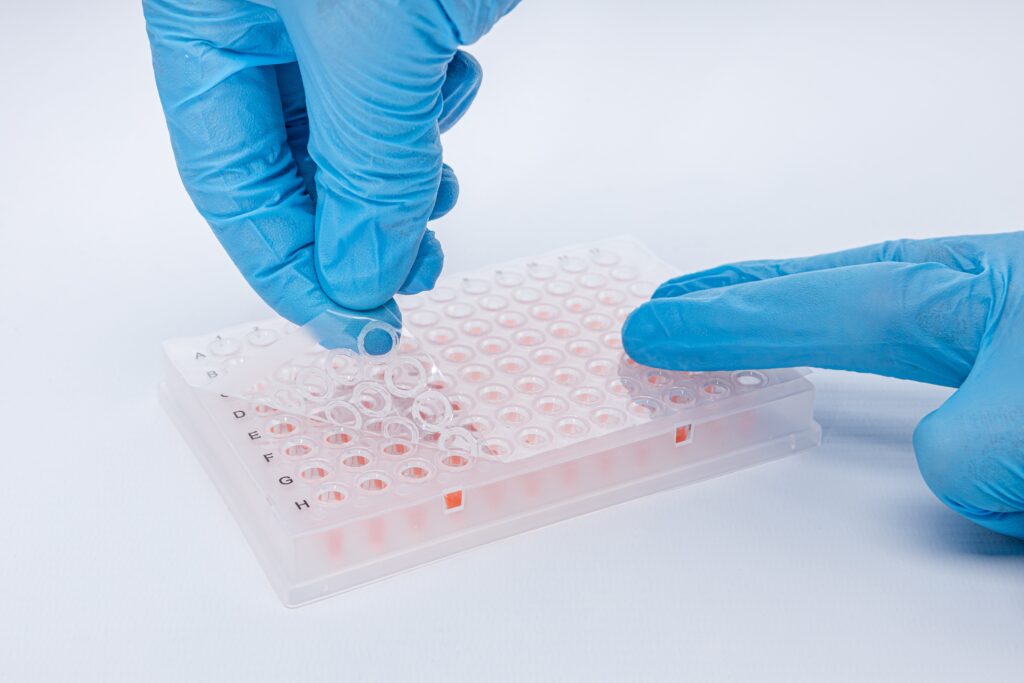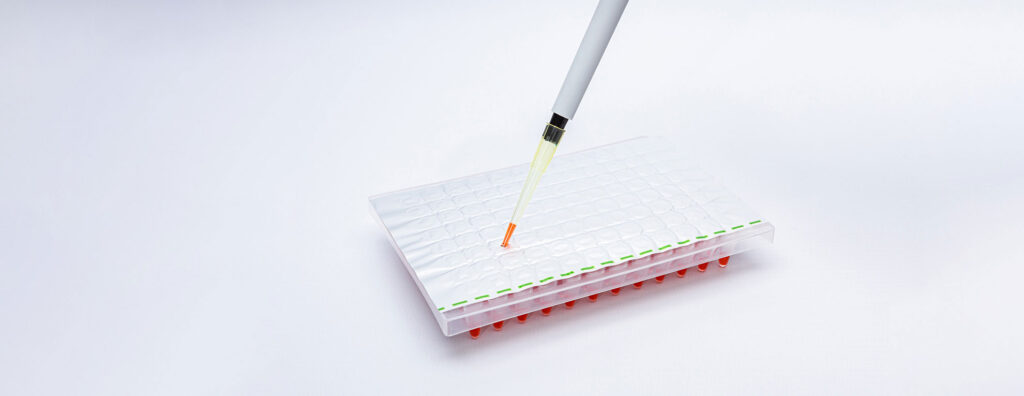If you’re looking for a reliable and affordable microplate sealing film, look no further than iST Scientific. We offer a variety of options to suit your needs, including self-adhesive and heat-sealable films.
When you carry out tests such as PCR, products like microplate sealing films should be a routine part of experimentation that is not problematic.
Designing and executing experiments, utilising equipment and interpreting data are challenging enough. You do need to be wrestling with unreliable or malfunctioning lab consumables.
iST Scientific has a range of options for you to consider when it comes to microplate sealing. We have both adhesive and non-adhesive types available, so you can pick the perfect product for your needs. If you are unsure which one is best, our team can advise you. We have many years of experience in the industry and are always happy to help.
iST Scientific’s microplate sealing films are made from high-quality materials and to exacting standards. We offer a range of sizes, so no matter which microplate you use, we have one that will suit you perfectly.
What are microplate sealing films and what do they do?
Microplate sealing films and tape protect well contents from leakage, contamination, and evaporation during assay processing, incubation, or storage.
They come in both adhesive and non-adhesive varieties and serve to keep the contents of the microplate secure and free from contamination.

How to choose the right microplate sealing film for your needs
When it comes to microplate sealing films, there are two main types to choose from – adhesive and non-adhesive. Both have their own advantages and disadvantages, so it is important to select the right type for your needs.
If you need a film that will create a secure seal and is resistant to evaporation, an adhesive film is the best option. Adhesive films are also less likely to slip or move during incubation, so they are ideal for use with delicate samples. However, they can be more difficult to remove and may leave residue on the microplate.
Non-adhesive films, on the other hand, are easier to remove and will not leave any residue behind. They are also less expensive than adhesive films. However, they are not as secure and may not create as tight a seal. They are also more likely to slip or move during incubation, so they are not ideal for use with delicate samples.
Quality Control
At iST Scientific, we decided to produce a ‘trouble-shooting’ article to help end users by providing solutions to any problems they might experience when using our sealing films. Like all good scientists, we began with research. We asked our customers to tell us about any issues they had experienced.
We wanted to make sure we ‘hit the nail on the head’ and produce a pragmatic guide with precise solutions to actual issues. What were the findings? No issues were reported.
Good Quality, Reliable Sealing Films
We know that our PCR plate sealing films are safe, reliable and of good quality – so we must admit – we weren’t surprised.
Now that we’ve started the troubleshooting article, we really ought to include some tips!
Tips for getting the best results from your sealant film
If you do experience problems related to your sealing film here are some possible causes and solutions:
- False positives: Could be caused by ineffective sealing leading to cross-contamination
- Sample loss/reduction: Ensure thorough sealing at each well and around the edges
- Apply the film evenly: Use our QuickSeal Roller to apply even pressure across the plate to smooth out any bubbles or wrinkles in the self-adhesive film.
Thank you for choosing iST for your lab equipment, it is a pleasure to serve you.
Contact us for guidance and support from selection through to after-care of any of our products.

